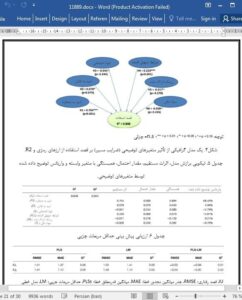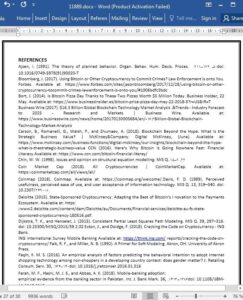The first commercial transaction with the first cryptocurrency in 2010 marked the start of a revolution in transactions. Blockchain and cryptocurrencies will dramatically transform how we do transactions, just as the Internet revolutionized how we communicate. Currently, more than 2,000 cryptocurrencies are quoted on the market, and many more are being launched in initial coin offerings for use as an exchange method in a specific business ecosystem or as rights to assets or liabilities. As an emerging fintech, cryptocurrencies open up many opportunities, but they also pose significant challenges and limitations. This paper analyzes the key factors for the successful development of a cryptocurrency from a consumer-behavior perspective. Using a technology acceptance theoretical framework, we test a model able to explain almost 85% of the intention to use cryptocurrencies. Surprisingly, risk was not a significant factor. This could be because most of the respondents considered operating with cryptocurrencies to be risky; the lack of variability in their responses to the questions about perceived risk would explain this lack of explanatory power. However, willingness to manage cryptocurrency risk could be a precondition for adoption. The performance expectancy for a given cryptocurrency was the most important factor for its success. The research was conducted in Spain with college-educated adults with basic knowledge of the Internet.
DISCUSSION AND CONCLUSION
This research sought to test an explanatory model of the intention to use a new financial technology, namely, blockchain-based cryptocurrencies. The proposed model was based on variables from UTAUT technology acceptance models. Perceived risk and financial literacy were also added, as variables specifically used in the analysis of fintech acceptance. The proposed model explains 84.8% of the variance in the intention to use.
The results indicate that the variables with the greatest explanatory power for an individual investor’s intention to use cryptocurrencies are performance expectancy (explained 68.45% of the variance in the intention to use) and facilitating conditions (14.81%). Effort expectancy also had significant explanatory power, but the influence was smaller (4.99%). The remaining variables (social influence, perceived risk, and financial literacy) did not have a significant influence (p-value > 0.1).











